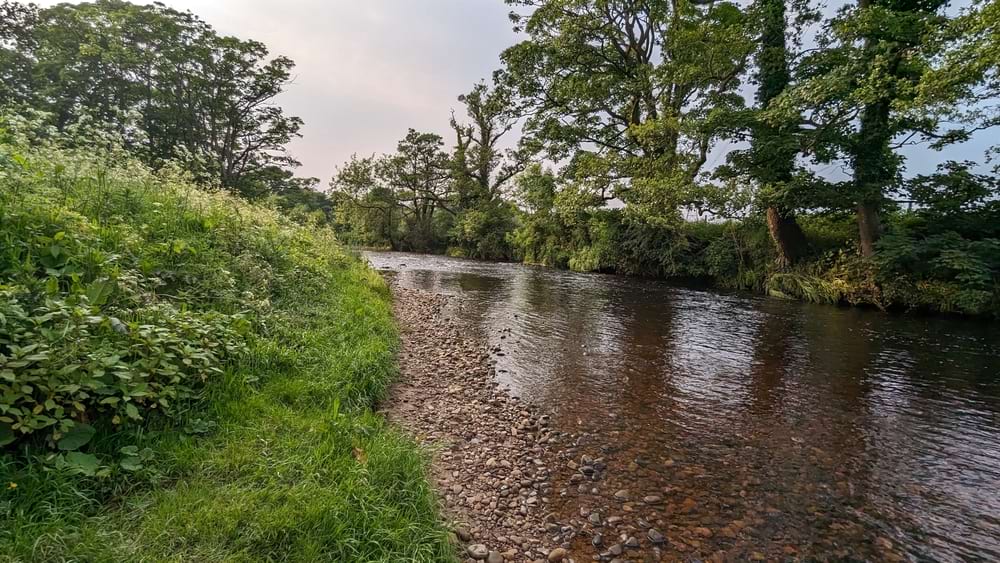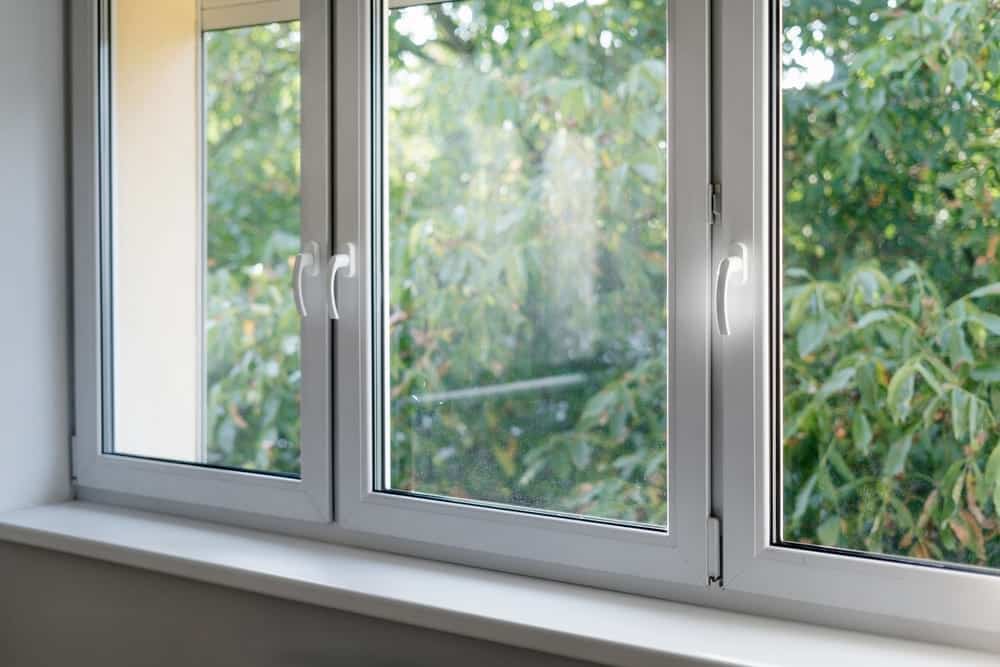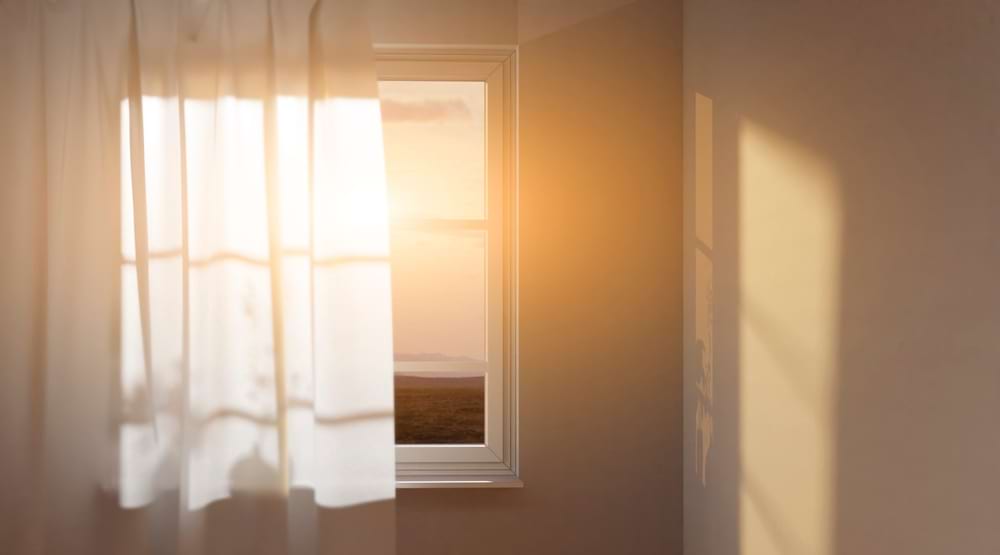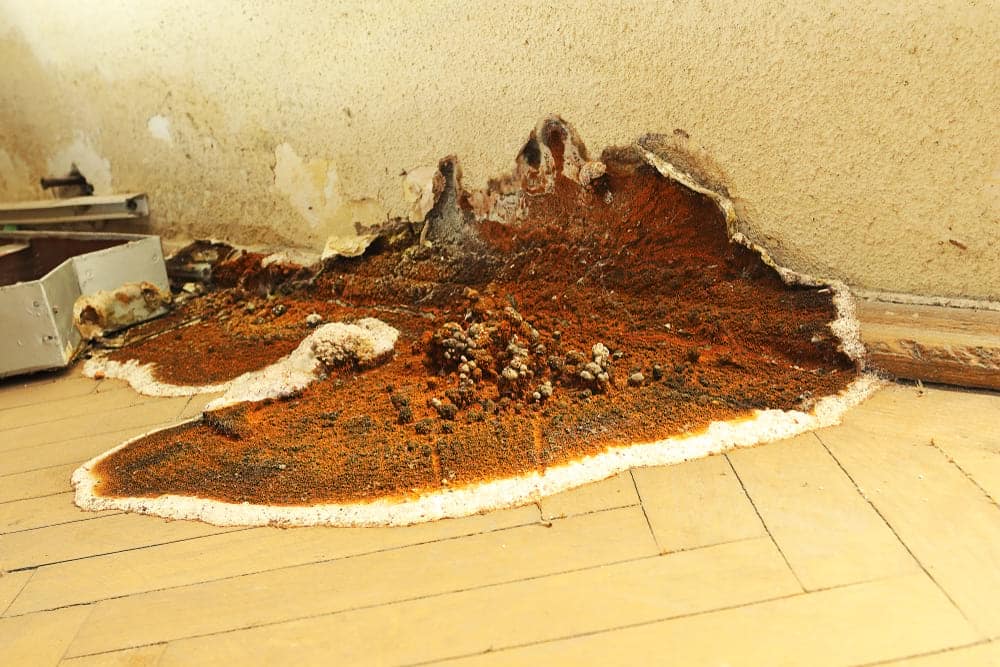Invasive species can present a major headache for homeowners in the United Kingdom.
Japanese knotweed is one of the most well-known examples.
It’s something homeowners must disclose when selling a property.
It’s not something that only affects gardens. It’s a big issue for houses.
So, whether you’re selling or buying, you should understand what it is, how to identify it and what to do about it.
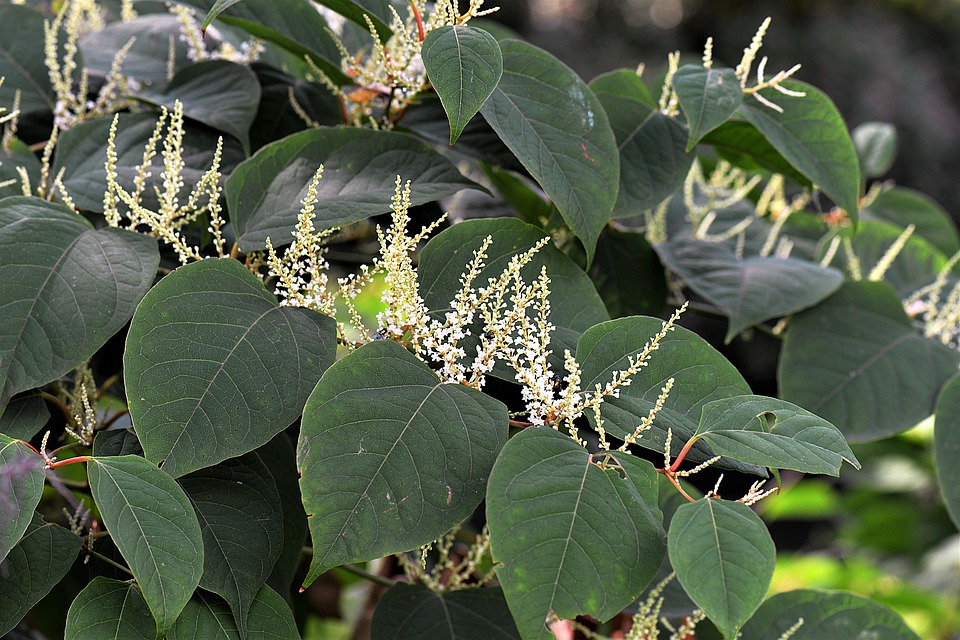
What Japanese knotweed is
Japanese knotweed (sometimes known as Asian knotweed) is an invasive plant species native to East Asia.
It’s found all over the United Kingdom, where it can be very problematic for property owners.
Buyers, renters and mortgage lenders are often reluctant to get involved with a property with Japanese knotweed.
How Japanese knotweed came to the UK
Japanese knotweed first arrived in the UK in 1850.
A package of 40 plants was sent to Kew Gardens by the German botanist Philipp Franz von Siebold (1796 – 1866).
It was made available to the public and quickly spread across the United Kingdom.
It was initially liked for its ability to produce flowers, feed cattle, and more. The famous gardener William Robinson (1838 – 1936) described it as “handsome in rough places in the wild garden.”
However, by the 1920s, its popularity had gone as people became familiar with its adverse effects.
How Japanese knotweed causes damage
Japanese knotweed is a very invasive and resilient plant.
In other words, it grows rapidly and is difficult to remove.
It is most often found in gardens. It causes damage to your property’s structure by getting into gaps and cracks in the walls and floors.
It doesn’t always directly go through solid material. It often finds the weak spots around it to push through.
However, it can go through concrete, asphalt, and other building materials.
Foundations and walls
The most common way Japanese knotweed damages your house is through the foundations and walls.
Cracks in the wall are something to look out for. Weak foundations are standard when you haven’t tended to them long.
Damaged drains
Underground pipes and drains may fall victim to Japanese knotweed.
This can stop the utility system from working altogether. Or it could clog it up.
You may need to get a utility expert to come out and fix it, but this should only be after the Japanese knotweed is sorted.
Boundaries
Japanese knotweed can damage different types of boundaries, including fences and walls. It might grow over, through, or underneath them.
Paving slabs
You’ll most commonly experience this on your driveway and path.
Japanese knotweed grows through cracks on these surfaces. This will then be pushed apart as the plant expands.
Japanese knotweed is not a threat to people
Japanese Knotweed is not damaging to humans. While it causes property damage, humans can touch it without harm.
There are anecdotal reports that people experienced irritated skin after touching Japanese Knotweed. But these have not been proven. And most experts deny this.
Damage time frames
Japanese knotweed grows extremely quickly, at around 10 centimetres per day.
This means that within 48 hours, it could be noticeable as it grows through cracks.
It also has large underground rhizome (root) networks, which can stay dormant for decades.
Harm can be done in just a few days. It’s then about damage limitation, which is acting as fast as possible.
What does Japanese knotweed look like?
Japanese knotweed has the following features:
- Its flowers are creamy-white
- Its leaves are heart or pear-shaped
- Its stems have zigzag patterns and often grow to 2 – 3 metres tall
- Its roots are orange-tinged.
Several plants look similar to Japanese knotweed. So it’s worth hiring a professional to confirm its presence.
How common is Japanese Knotweed in the UK?
There are various estimates on this subject. One expert organisation argues that 5% of homes in the UK are affected by Japanese knotweed.
Others suggest that the number is smaller, at around 2% of residential homes.
Nonetheless, these figures are high enough to check whether you fall within this bracket.
How to get rid of Japanese Knotweed
You can be prosecuted in the UK if you allow Japanese knotweed to spread into the wild.
So, if your property has it, you must act.
Experts and regulation
You should hire an expert because it’s a complicated process. The only exception is if you have the skills and experience to do it yourself.
For instance, keep in mind that complicated ‘red tape’ may apply to your situation, such as:
- Getting a certificate of competence for herbicide use
- Carrying out an official assessment
- Applying for permission – if the area is protected, or the plants are near water.
DIY removal
You should not try to get rid of Japanese knotweed unless you have the relevant expertise and experience.
If you don’t, you’re more likely to make a mistake, and cause it to spread into the wild. This is against the law in the United Kingdom.
Always hire an expert unless you are a trained professional yourself.
Chemical attacks
Step one usually involves spraying the stems with chemicals. It’s crucial that you only use approved herbicides to do this.
You can find more information on the UK government website or speak to a consultant.
One spray is not enough. You need to do this regularly over a sustained period. It often takes around 3 years to get rid of Japanese knotweed altogether.
Burn or bury
You’ll need to dispose of the Japanese knotweed at the end of this process.
Burying it or burning it are two possible solutions. Speak to an expert for more.
Japanese knotweed in the winter
Japanese knotweed goes dormant during the winter. This means that it’s unlikely to grow from scratch during this period.
However, this doesn’t mean homeowners are safe in winter…
During the colder months, the appearance of Japanese Knotweed changes slightly.
It loses its leaves and flowers. Because of this, its brown canes become more visible.
It doesn’t grow during the winter, but it doesn’t die, either. Instead, It enters a period of dormancy during this time.
Its underground rhizomes (horizontal stems that sprout lateral shoots) will, once the weather gets warmer in spring, starts to grow again.
Mortgages on house with Japanese knotweed
Getting a mortgage on a house with Japanese knotweed is very difficult.
But it is technically possible.
You’ll need to follow several steps to get a mortgage. This involves paying for an expert assessment.
This should involve a description of the situation and a clear management plan for how you’ll get rid of it.
If you get all this done, some lenders may be willing to offer you a mortgage.
However, they could feel better if they take precautions in other ways, such as a higher interest rate or collateral.
Japanese knotweed & house value
Japanese knotweed can significantly reduce your property’s value by 10 – 20%.
How much it reduces it depends on the extent of its growth and damage.
A 20% reduction in value is typical when the problem is terrible and you haven’t taken steps to mitigate it.
You often can’t get a mortgage on your house in this situation. This means that a cash buyer will be needed.
If you are in the process of removing it, and the problem isn’t pervasive and hasn’t caused damage, a reduction of around 10% or 15% is typical.
Removal costs
Getting rid of Japanese knotweed in the UK usually costs a couple of thousand pounds.
About £2,000 is typical when you hire a qualified, experienced expert.
If you find it, it’s your legal obligation to deal with Japanese knotweed. And this expense for removing it is often a wise investment.
Since a management plan will improve the value of your property when you sell.


